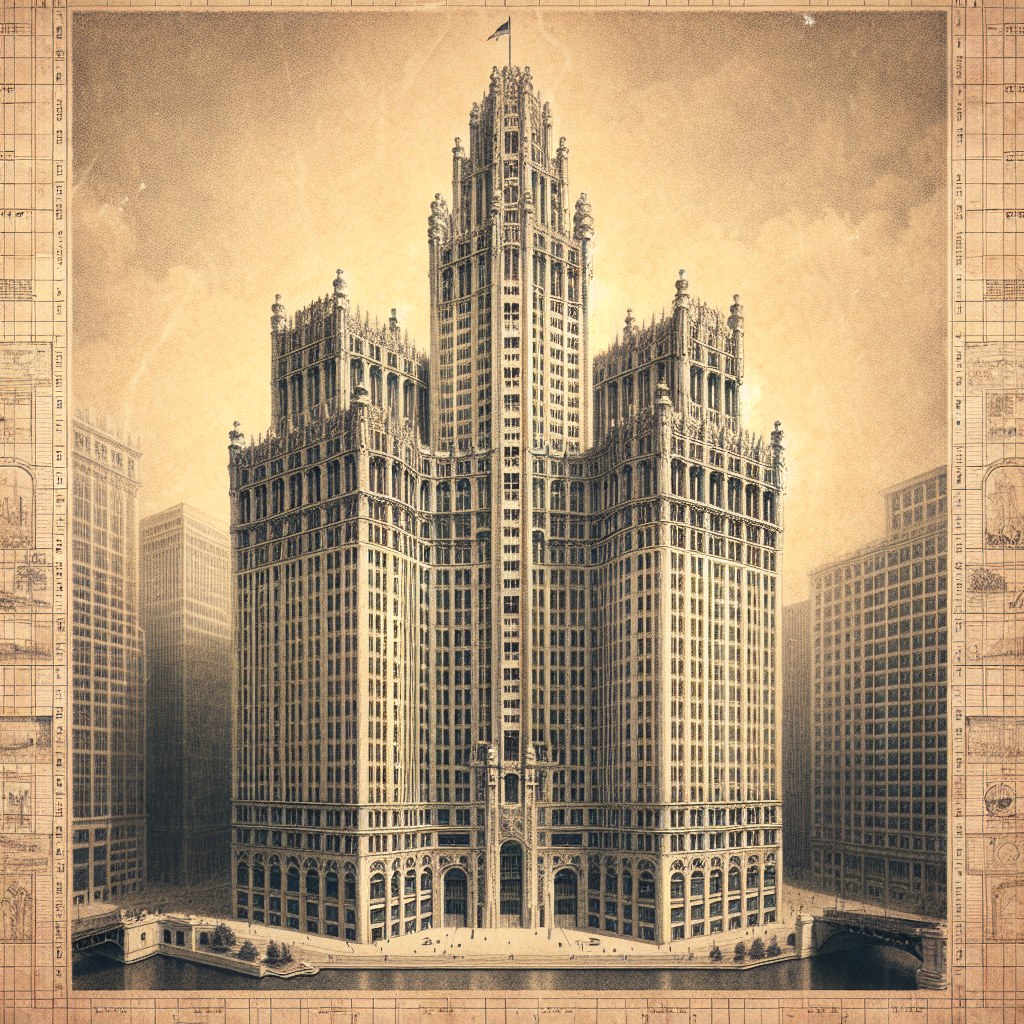Amid the bustling heart of Chicago's Loop district stands a silent giant from the past, the New York Life Insurance Building. This architectural wonder tells tales of ambition and innovation. Built back in 1894 by the renowned architectural firm of Jenney & Mundie, it stands at 14 stories high. It once held the crown of the tallest office building in Chicago. The audacity of its creation speaks of a time when cities were reaching for the sky, quite literally. Designed by William Le Baron Jenney, often credited as the 'Father of the Skyscraper,' it’s a testament to the unparallel vision that characterized America entering the 20th century.
This building is much more than just bricks and mortar at the intersection of LaSalle Street and Monroe Street. It stands as a relic of early skyscraper design, the quintessential marker of the evolution of urban landscapes. At its inception, it was a leap in both structural engineering and economic aspiration. Steel frames allowed more height with less bulk, reducing costs and opening a new era for American cities like Chicago.
Yet, for all its brilliance, not everyone saw skyscrapers as progress. Opponents back in the day had a different vision. Some feared this new vertical trend would rob cities of their open feel and flood the streets with shadows. These voices played a crucial role in shaping urban planning and zoning laws we see even today. And so, the debate continues: how high is too high? It's a question that resonates as cities grapple with how to accommodate growing populations while maintaining quality of life.
As generations pass, the New York Life Insurance Building loses not an ounce of its charm. The polished black granite base, contrasted with the creamy white terra cotta above, speaks to Jenney’s ability to blend aesthetics with engineering marvel. Its impressive yet considerate presence in the city's skyline is a kind reminder that ambition can indeed be balanced with the environment. There's a silent conversation between the building and every pedestrian who walks by, reminding us of Chicago's role as a pioneering force in skyscraper innovation.
The building's life story didn't end once it ceded its crowning height to later constructions. Instead, it evolved, just like the city around it. The structure once housed the colossal computing behemoth IBM, showcasing the adaptability and resilience inherent in good design. Today, it houses upscale amenities and office spaces, proving that heritage and modern use can coexist harmoniously.
For Gen Z and beyond, the building is emblematic of a broader conversation about how past meets present. It stands as artefacts reminding us of how far we’ve come and how much further we have to go. Major cities continue to skyrocket with new edifices touching the clouds, yet it is worthwhile pausing at the New York Life Insurance Building, a place that holds echoes of ambition and achievement long before our current digital age.
In discussing landmarks like the New York Life Insurance Building, we engage in dialogues spanning economics, architecture, societal impacts, and the delicate balance of progress versus preservation. Certainly, not everyone agrees on how cities should carry this legacy forward, but perhaps this is the beauty of urban evolution—different views and priorities mixed on the canvas we call progress.
Ultimately, the building serves as a reminder to appreciate how history shapes and defines our modern reality. Those first steps into the high skies of Chicago set the stage for innovations to follow, and remain at the core of architectural thought today. To Gen Z, bred in an era of ceaseless innovation, it is another eloquent voice advocating for thoughtful growth, one where respecting the legacy of the past can enrich our future endeavors.

